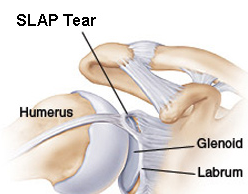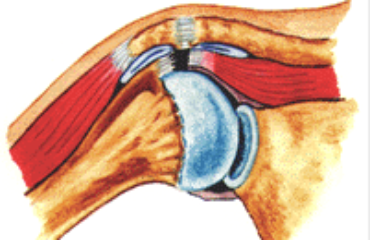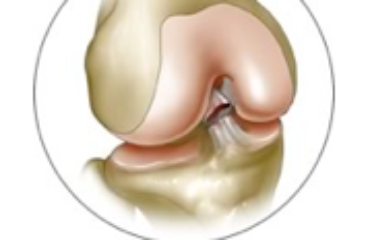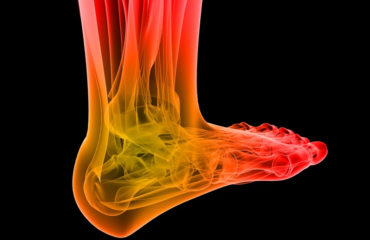Labral Tear Repair
Labral repair is a surgery use to correct damage to the shoulder joint cartilage. Labral tears are a common type of sports injury, and they often occur along with shoulder dislocation. Overhead throwing athletes are at high risk for labral tears.
The labrum in the shoulder is a cartilage piece that cushions the shoulder joint. There are two types of shoulder cartilage: labral and articular. The labrum is different from articular cartilage. It is more rigid and fibrous, and lies around the shoulder glenoid socket. The labrum does not heal well on its own because of poor blood supply. Surgical intervention is often necessary to repair a labral tear.
How common is labral tears?
In a large study of shoulder arthroscopy patients over an 8-year period, researchers found a 6% incidence of labral lesions. In another study, researchers found that 22% of military patients with shoulder pain, instability, and/or dysfunction had a labral tear or lesion.
What tests are used to diagnose a labral tear?
The most useful and reliable test to determine if you have a labral tear is a magnetic resonance imaging (MRI) arthrogram. This special MRI test involves injecting dye into the shoulder joint. If there is a labral tear, the dye will leak from the joint and be picked up on the images.
How do I prepare for the labral tear repair procedure?
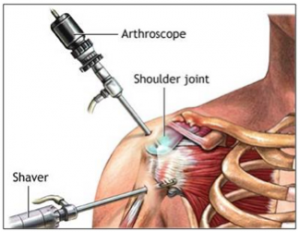 Before the surgery, the doctor will discuss the risks and benefits and have you sign a consent form. You meet with the doctor and discuss all medications. Certain agents that thin the blood are to be held for several days beforehand. You should arrange to have someone drive you home from the procedure and help you around the house for a few days. When you arrive at the surgical center, a nurse has you change into a gown and places an IV line in your arm.
Before the surgery, the doctor will discuss the risks and benefits and have you sign a consent form. You meet with the doctor and discuss all medications. Certain agents that thin the blood are to be held for several days beforehand. You should arrange to have someone drive you home from the procedure and help you around the house for a few days. When you arrive at the surgical center, a nurse has you change into a gown and places an IV line in your arm.
How is the labral surgery performed?
The orthopedic surgeon performs the labral surgery with a diagnostic arthroscopy. This allows the surgeon to look into the shoulder and find exactly what is causing the pain. Because the MRI arthrogram may not pick up all problems, the surgeon can determine what needs done after looking at the joint through the scope. After making a small incision, a tiny camera is inserted into the shoulder joint. The surgeon uses small tools to probe the labrum and debride the torn tissue. After trimming down the cartilage, repairing the labrum, and anchoring the labrum to the bone, the incisions are closed using sutures. A small drain is placed in the incision area, and a bandage is applied.
What can I expect after the labral tear repair procedure?
After your surgery, a nurse monitors your condition in the recovery area. Rehabilitation begins soon after surgery. A physical therapist will meet with you to discuss exercises and home care. You are sent home in a sling, which is used for 2-4 weeks. You will have restricted motion (except during therapy) for several weeks. A full recovery after a labral repair takes around 4 months. For people who throw overhead, the recovery may be longer.
Dr. Adam Farber is a top shoulder surgeon in Phoenix and Tempe, specializing in all types of sports injuries including labral tears. Minimally invasive methods are used to repair damaged shoulder tissue including rotator cuff and labral tears. Call us today!
Resources
Gaudelli C, Hébert-Davies J, Balg F, Pelet S, Djahangiri A, Godbout V, et al. The Impact of Superior Labral Anterior to Posterior Lesions on Functional Status in Shoulder Instability: A Multicenter Cohort Study. Orthop J Sports Med. 2014 Oct. 2 (10):2325967114554195.
Kim TK, Queale WS, Cosgarea AJ, McFarland EG. Clinical features of the different types of SLAP lesions: an analysis of one hundred and thirty-nine cases. J Bone Joint Surg Am. 2003 Jan. 85-A(1):66-71.

